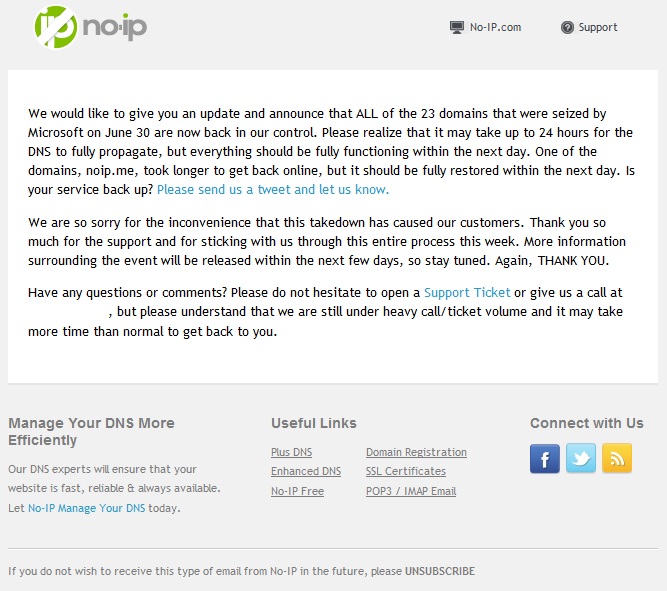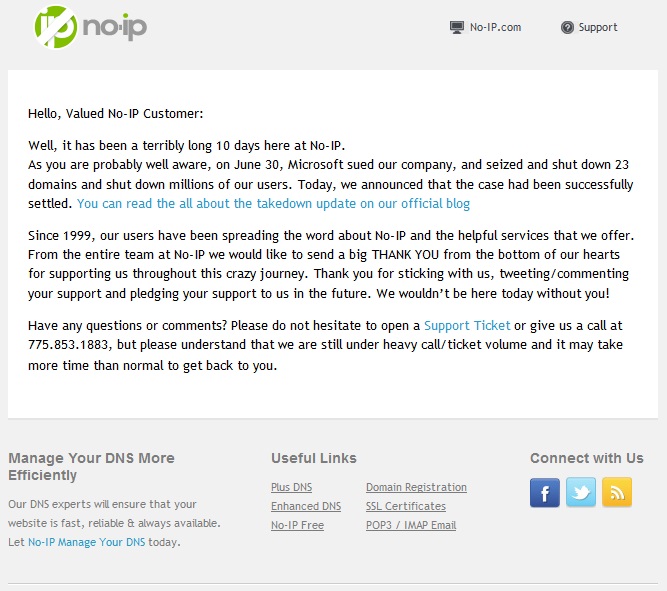I’ve posted the chapter 4, “Seijō no Ran (青条の蘭)” after a long interval.
I have added some new explanations to the notes.
My translation is not progressing as much as I hope (;´o`).
I’ve posted the chapter 4, “Seijō no Ran (青条の蘭)” after a long interval.
I have added some new explanations to the notes.
My translation is not progressing as much as I hope (;´o`).
Hi, guys!! I have a good news about 十二国記 for you.
Yamada Akihiro(山田章博) illustration collection book named “The Garden of eternity(久遠の庭)” was released on July 31. Maybe you can get “The Garden of eternity(久遠の庭)” via Amazon.
It’s very beautiful but a little bit expensive.
I took these photos from the living room window of my house. It’s a Gabichō(画眉鳥). After a year of unremitting effort, I finally took its photos clearly ha-ha-ha. I first saw Gabichō around my house last year. Actually this is one of Invasive Alien Species in Japan. In fact, it is a nuisance. But it’s not Gabichō’s faults.
It sings very loud, so we can hear it easily, but it is usually in a bushy place, so we cannot see it easily. Finally, I took its pictures. Happy!!
 |
 |
 |
 |
 |
 |
 |
 |
 |
 |
They released PHP5.5.15 on Jul-24 01:03:48UTC. So, I updated my PHP from 5.5.14 to 5.5.15 on my Web server (Windows7HP+SP1(x86)). ChangeLog.
PHP 5.6.0RC3 is delayed than planned. What’s happening?
By the way, I read “Fix a memory consumption denial of service in the WinNT MPM” on Changes with Apache 2.4.10. So I stopped using the word around. But it did not work well. On the next day, I rolled back the work around.
Edit(Aug.1):
Finally they released PHP 5.6.0RC3. It’s two weeks later than scheduled. They say their next Release Candidate should show up on the 14th of August. Is PHP 5.6.0GA going to show up in September?
Apache HTTP Server 2.4.10 was released. It includes five security patches. It has a new module named mod_authnz_fcgi, so httpd.conf has a following added line.
#LoadModule authnz_fcgi_module modules/mod_authnz_fcgi.so
On the Windows version it was upgraded pcre from 8.34 to 8.35 and APR from 1.5.0 to 1.5.1.
I downloaded httpd-2.4.10-win32-VC11.zip (17 Jul) from the ApacheLounge for my Windows7 server. If you need the information about Apache 2.4.x configuration on Windows, see my post ‘To create a Wamp-like Web Server in Windows7-#1.‘.
Today, Tanabata(七夕). But we have a rainy day.
Do you know Tanabata(七夕)? Tanabata(七夕) is one of our traditional annual events. Tanabata is たなばた(棚機) and it means a loom/looms. We usually use 七夕 as たなばた. 七夕 literally means “Evening of the seventh”, which was celebrated on July 7 of the traditional Japanese lunar-solar calendar originally though which is celebrated on July 7 of Gregorian calendar now. When we write 七夕, we also read it shichi-seki. Shichi is seven and seki is evening.
Tanabata(七夕) is a star festival. According to legend, Amanogawa(天の川) separates the lovers(Orihime and Hikoboshi), and they are allowed to meet only once a year on the June 7. If it rains on Tanabata(七夕), the two lovers have to wait until another year to meet. Amanogawa(天の川) is Milky Way, but it literally means Sky River. Yes, a river. So if it rains, the river swells. Hence, to hold this event on July 7 of Gregorian calendar is a little bit silly or very mean because the day is the midst of the rainy season in Japan. Besides, the seventh on Gregorian calendar doesn’t always have a first quarter moon. If it has a full moon, Tanabata(七夕) is in a real mess because it is a star festival.
When we shed old calender, such things like above happen more times. Tanabata(七夕) and Obon(お盆) were two big events in July of the traditional Japanese lunar-solar calendar. Now, this Gregorian calendar days, one is still in July and another is in August. The two event are still alive in Japan but they don’t have strong relations to Moon anymore.
I’ve got an email from No-IP because I use a No-IP domain for my net radio. Its title is ★ Update to Microsoft Takedown – All Domains Restored ★. Of course, it’s related to “Microsoft takes on global cybercrime epidemic in tenth malware disruption“. The original article has gone, so I link to the history in The Internet Archive (2014.9.24).

Hey! No-IP. Are you doing OK from now?
Edit(Jul.11):
Today, I have the second email from No-IP.

No-IP gives us more information on the page “Update: Details on Microsoft Takeover“.
Anyway, congratulations for surviving, No-IP.
phpMyAdmin has an infrastructure named Configuration storage since version 3.4.2. Logging in phpMyAdmin at the first time, you have the message “The phpMyAdmin configuration storage is not completely configured, some extended features have been deactivated. To find out why click here.” because this is deactivated by default. When activated, you can use features like bookmarks, comments, SQL history, relations, PDF schema, and MIME transformations. For me, bookmarks feature is convenient. Well, I’m going to write how to activate it.
By the way, when we install phpMyAdmin on our servers, we must consider a lot of things for secure. But I don’t write about it here. Please read Official Documentation and take full responsibility for your actions.
At the very first time for activating this, you need to take the following three steps.
Now, I’ll start.
Log in your phpMyAdmin as a root and import the create_tables.sql. After that you have a database phpmyadmin and a user pma with no password.
Note) In my opinion, you’d better change the names of database and user to other unique names because there are a lot of mal-attacks given clues by them. Editing the create_tables.sql before your import can makes this easy and possible.
/* User used to manipulate with storage */
// $cfg[‘Servers’][$i][‘controlhost’] = ”; ⇐It’s need or not depends on your environment.
// $cfg[‘Servers’][$i][‘controlport’] = ”; ⇐It’s need or not depends on your environment.
$cfg[‘Servers’][$i][‘controluser’] = ‘pma’;
$cfg[‘Servers’][$i][‘controlpass’] = ‘pmapass’;
/* Storage database and tables */
$cfg[‘Servers’][$i][‘pmadb’] = ‘phpmyadmin’;
$cfg[‘Servers’][$i][‘bookmarktable’] = ‘pma__bookmark’;
$cfg[‘Servers’][$i][‘relation’] = ‘pma__relation’;
$cfg[‘Servers’][$i][‘table_info’] = ‘pma__table_info’;
$cfg[‘Servers’][$i][‘table_coords’] = ‘pma__table_coords’;
$cfg[‘Servers’][$i][‘pdf_pages’] = ‘pma__pdf_pages’;
$cfg[‘Servers’][$i][‘column_info’] = ‘pma__column_info’;
$cfg[‘Servers’][$i][‘history’] = ‘pma__history’;
$cfg[‘Servers’][$i][‘table_uiprefs’] = ‘pma__table_uiprefs’;
$cfg[‘Servers’][$i][‘tracking’] = ‘pma__tracking’;
$cfg[‘Servers’][$i][‘designer_coords’] = ‘pma__designer_coords’;
$cfg[‘Servers’][$i][‘userconfig’] = ‘pma__userconfig’;
$cfg[‘Servers’][$i][‘recent’] = ‘pma__recent’;
$cfg[‘Servers’][$i][‘favorite’] = ‘pma__favorite’;
$cfg[‘Servers’][$i][‘users’] = ‘pma__users’;
$cfg[‘Servers’][$i][‘usergroups’] = ‘pma__usergroups’;
$cfg[‘Servers’][$i][‘navigationhiding’] = ‘pma__navigationhiding’;
$cfg[‘Servers’][$i][‘savedsearches’] = ‘pma__savedsearches’;
————
Log in your phpMyAdmin again.
You don’t have the message “The phpMyAdmin configuration storage is not completely configured, some extended features have been deactivated. To find out why click here.” anymore.
That’s it!
You can use phpMyAdmin configuration storage features now.
Edit(Jul.5):
I forgot to write.
At upgrades, you simply re-import the new create_tables.sql file after backing up your database, importing the file will not overwrite existing data, but will create any new tables. After that, you maybe need to edit your config.inc.php file.
You already have your control user, so you must not uncomment the lines in the create_tables.sql file. You also keep in mind about your pmadb database name and a controluser name instead of phpmyadmin and pma.
Edit2(Jul.9):
When I wrote the reply for くりくりさん, I suddenly thought I am scared of 1. and 2. having the time lag. My sql server doesn’t have the open port to the Internet and it has the only one user, me! So, I might have no need for such nerve. But if you have much busier server than mine, such a server has more occasion that is attacked by someone. The time lag gives attackers that they penetrate your server as the new pma with no password. This I am scared!!
Well, at first make a controluser with password and give it the privileges. After that, import the file create_tables.sql. My guess is this is better.
Anyway, I’ll write my controluser current privileges:
————
GRANT USAGE ON *.* TO ‘pma’@’localhost’ IDENTIFIED BY PASSWORD ‘pmapass’;
GRANT SELECT, INSERT, UPDATE, DELETE ON pma_main.* TO ‘pma’@’localhost’;
GRANT SELECT (
Host, User, Select_priv, Insert_priv, Update_priv, Delete_priv,
Create_priv, Drop_priv, Reload_priv, Shutdown_priv, Process_priv,
File_priv, Grant_priv, References_priv, Index_priv, Alter_priv,
Show_db_priv, Super_priv, Create_tmp_table_priv, Lock_tables_priv,
Execute_priv, Repl_slave_priv, Repl_client_priv
) ON mysql.user TO ‘pma’@’localhost’;
GRANT SELECT ON mysql.db TO ‘pma’@’localhost’;
GRANT SELECT ON mysql.host TO ‘pma’@’localhost’;
GRANT SELECT (Host, Db, User, Table_name, Table_priv, Column_priv)
ON mysql.tables_priv TO ‘pma’@’localhost’;
————
The topic “How to see MySQL log by phpMyAdmin” came up on TODOS・何でも情報交換(Japanese). I checked out this and am going to write what I understood about this.
If you use phpMyAdmin 4.0(maybe) or later, you can audit a status of MySQL servers by phpMyAdmin Monitor. When you log in your phpMyAdmin and go to Status > Monitor, you can reach the graphs. If your server works normal, I think the graphs are enough for you. However, if you need more information, you can refer a slow_query_log or a general_log there.
When you click “Instructions/Setup” at the Monitor page and have the following messages(Also see Fig.02), you have to set xxx_log to ‘ON’ and log_output to ‘TABLE’.
slow_query_log and general_log are disabled.
log_output is not set to TABLE.
If you have enough privileges as a MySQL user, you can set the values by yourself. If not, you have to ask your system administrator. In most case only root users can set the values, if not such server circumstances are very dangerous, I bet.
Your Server works, then I think you don’t need the general_log of your server but the slow_query_log. If you set them by yourself, you need to log in your MySQL as a root at any rate. If you can log in it as a root…
To use command line interface:
SET GLOBAL slow_query_log = ON;
SET GLOBAL log_output= TABLE;
To use phpMyAdmin:
1.Select Variables on Menu with no database.
Input “slow query log” to the filter form and edit the value to ‘ON’
Save
2.Input “log output” to the filter form and edit the value to ‘TABLE’
Save
Log out as the root.
Now you can use a “slow_query_log” from the Monitor of phpMyAdmin, when you log in as a root.
By the way, when you restart mysqld, these settings have gone. If you want to stay the settings eternal, you should add the following lines to my.ini/my.cnf’s [mysqld] area.
slow_query_log = ON
log_output = TABLE
As above, you can use a “slow_query_log” from the Monitor of phpMyAdmin as a root. However, this is less convenient. Don’t you think you’ll safely use it by a WordPress MySQL account? I think so, too. I asked くりくりさん on TODOS・何でも情報交換 “What privileges should I give a normal user who can use this feature?” He told me “It’s OK only for the database”.
The slow_log table exists on the mysql database. So I did the following command.
GRANT SELECT (lock_time, start_time, rows_examined, db, rows_sent, query_time, sql_text, user_host) ON mysql.slow_log TO ‘WP-user’@’localhost’;
This is very limited privileges, so I think it’s acceptable.
At this time, my WordPress MySQL account has the following privileges.
————
GRANT USAGE ON *.* TO ‘WP-user’@’localhost’ IDENTIFIED BY ‘passphrase’;
GRANT ALL PRIVILEGES ON WPdatabase.* TO ‘WP-user’@’localhost’;
GRANT SELECT (lock_time, start_time, rows_examined, db, rows_sent, query_time, sql_text, user_host) ON mysql.slow_log TO ‘WP-user’@’localhost’;
————